Crown reduction pruning is an essential part of tree care and maintenance. It is a process of carefully cutting back or removing branches to reduce the size and spread of a tree's crown. This pruning technique is used to maintain a healthy shape, prevent overgrowth, and reduce the risk of damage to property or people. Whether you're an experienced arborist or a homeowner looking to maintain your trees, understanding the basics of crown reduction pruning is essential.
This article will explain what you need to know about crown reduction pruning, including why it's important, how it's done, and when it should be used. Crown reduction pruning is a type of tree pruning service that is often used to reduce the size of a tree’s canopy and improve its overall form. It helps to keep the tree healthy and can also reduce the risk of it becoming damaged in high winds or storms.
Crown reduction pruning
is beneficial because it can help increase the life span of the tree, as well as providing a more aesthetically pleasing look. Additionally, it can help to reduce the risk of damage to buildings and other structures from falling branches.The techniques used in crown reduction pruning vary depending on the size and shape of the tree. Generally, it involves removing part of the canopy in order to reduce its size. This is typically done by cutting back branches and removing some leaves and foliage. Care should be taken to ensure that only the necessary amount of material is removed, as too much can cause stress on the tree and possibly even kill it.
In order to determine when crown reduction pruning is necessary, it is important to assess the size and shape of the tree, as well as its age and health. It is usually best to perform crown reduction pruning in late winter or early spring, when the tree is dormant and there is less sap flow. Successful crown reduction pruning projects can be seen in many parks and gardens around the world. It is important to note that any project of this type should be done with caution, as it can have a major impact on the health of the tree.
Additionally, special considerations should be taken into account when dealing with protected trees or trees near public areas, such as parks or sidewalks. It is possible for issues to arise from crown reduction pruning, such as over-pruning or improper techniques. Over-pruning can cause stress on the tree and reduce its lifespan, while incorrect techniques can lead to damage or even death. As such, it is important to make sure that any pruning project is performed by a certified arborist or other qualified professional.
Potential Issues That Can Arise From Crown Reduction Pruning
Crown reduction pruning is a beneficial service for trees, but there are potential issues that can arise from it.Over-pruning is one of the most common issues, which is when too much of the tree’s canopy is removed. This can lead to significant stress on the tree and can also leave it vulnerable to damage in high winds or storms. Improper techniques can also cause issues, as incorrect pruning can cause excessive damage and leave the tree more susceptible to diseases and pests. It’s important to use a professional for crown reduction pruning to ensure that it is done correctly. Professionals have the knowledge and experience to safely reduce the size of the tree’s canopy without causing any unnecessary stress or damage.
When Is Crown Reduction Pruning Necessary?
Crown reduction pruning is necessary when a tree’s canopy has become too large or when it has become misshapen.The process helps to reduce the size of the canopy and improve its overall form, while also allowing more light to reach the tree’s lower branches. It can also be used to reduce the risk of high winds or storms damaging the tree. In order to determine if crown reduction pruning is necessary, it is important to inspect the tree regularly and look for signs of excessive growth or misshapen branches. If you notice any of these signs, then crown reduction pruning should be considered.
It is also important to inspect the tree’s root system, as this can provide an indication of whether the tree is healthy enough to withstand the procedure. The best time of year to do crown reduction pruning is during the dormant season, which is typically from late fall to early spring. This is because there is less stress on the tree during this period and it will be better able to handle the stresses associated with the pruning process.
Techniques Used in Crown Reduction Pruning
Crown reduction pruning is a specialized form of tree pruning that involves the removal of branches from a tree’s canopy.This type of pruning is often used to reduce the size and shape of a tree’s crown and improve its overall form and health. There are several techniques used in crown reduction pruning, including thinning, heading, and pollarding. Thinning is the process of removing individual branches from the tree’s canopy. This technique helps to reduce the density of foliage, which can help to reduce wind resistance and increase light penetration.
It is important to note that thinning should only be done on healthy trees, and only the appropriate number of branches should be removed. Heading is the process of cutting back the terminal (end) buds of a branch, resulting in the growth of several smaller branches. This technique is often used to reduce the size of a tree’s canopy and encourage a more compact growth pattern. It is important to make sure that heading cuts are made at the correct angle and that the cuts are not too severe. Pollarding is a technique that involves cutting back the shoots of a tree to stubs.
This technique can be used to restrict the size of a tree’s canopy and prevent it from growing too large. Pollarding should be done carefully to avoid damaging the tree. When performing crown reduction pruning, it is important to use the right techniques for the job. Thinning and heading should be used to reduce the size and shape of a tree’s canopy, while pollarding should be used to restrict its growth.
Care should be taken to ensure that all cuts are made correctly and that any dead or damaged branches are removed.
Examples of Successful Crown Reduction Pruning Projects
Crown reduction pruning can be extremely beneficial in many circumstances. For example, it can be used to reduce the size of trees that have grown too large or to improve their overall form and structure. In some cases, it can also be used to reduce the risk of damage in high winds or storms. There are numerous examples of successful crown reduction pruning projects that have been carried out by arborists and tree care professionals. One such example is the pruning of a large oak tree in a public park.The tree was overgrown and its canopy was blocking the view of the skyline. The arborist carried out a crown reduction pruning project that reduced the height and spread of the canopy by approximately 40%. This allowed for an improved view of the skyline and improved the form of the tree. Another example is the pruning of a large pine tree in a residential area. The tree had become too large for its location and was blocking sunlight from nearby homes.
The arborist used crown reduction pruning to reduce the spread of the canopy by approximately 50%. This not only improved the form of the tree but also allowed more sunlight to reach nearby homes. When carrying out a crown reduction pruning project, it is important to consider any special considerations that may be necessary. For example, in some cases, wildlife protection may be a priority. In this case, care must be taken to ensure that any nesting animals are not disturbed or harmed during the pruning process.
Similarly, public safety must always be taken into account and any potential risks associated with pruning must be minimized. Crown reduction pruning is a type of tree pruning service that can reduce the size of a tree's canopy and improve its overall form. It is often used to improve the health of a tree and reduce the risk of damage in high winds or storms. Techniques used in crown reduction pruning include thinning, cutting back, and reducing the length of branches. This type of pruning is necessary when a tree has become too large or has branches that need to be removed for safety reasons.
Successful crown reduction projects can be seen in many landscapes and can provide aesthetic improvements to a property. However, there are potential issues that can arise from crown reduction pruning, such as a lack of light and air circulation which can lead to disease or weak branches. Homeowners or property managers should consider all of these factors before deciding to use crown reduction pruning as a tree service. In conclusion, crown reduction pruning is beneficial for trees in many ways. It can reduce the size of the canopy, improve the tree's form, and reduce the risk of damage in high winds or storms.
It is important for homeowners and property managers to understand the techniques used in crown reduction pruning, when it is necessary, and any potential issues that could arise from this type of tree service before making a decision.
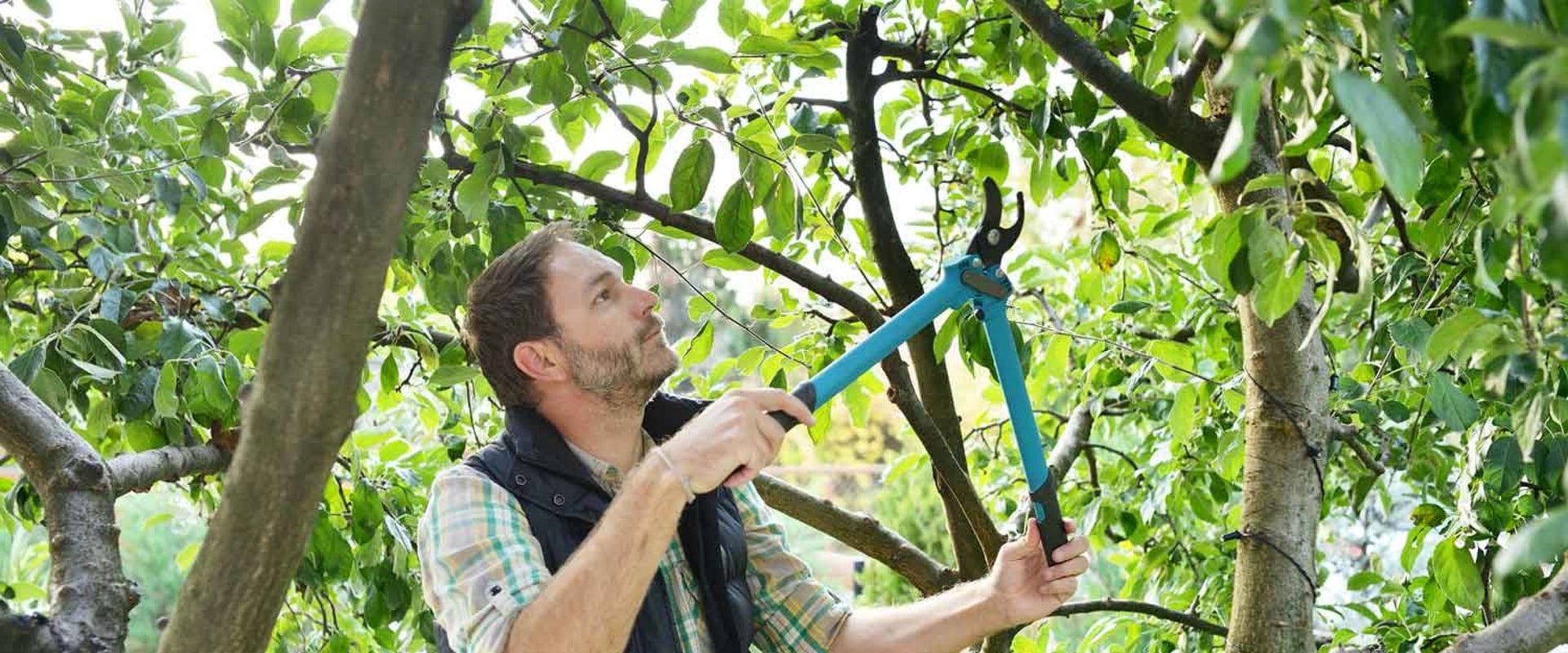

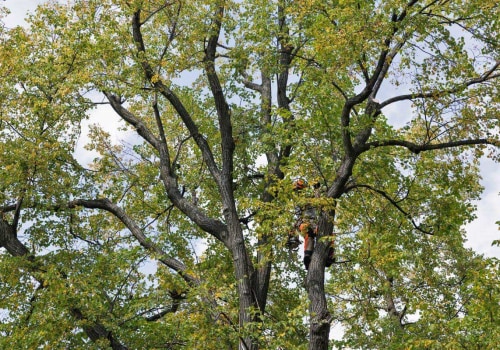
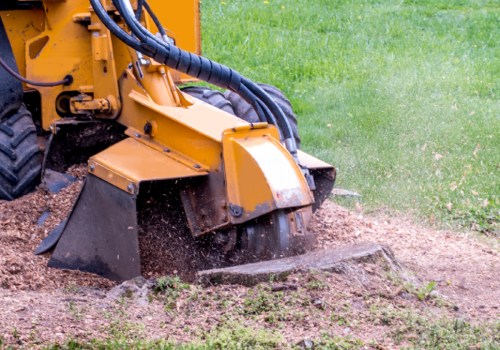
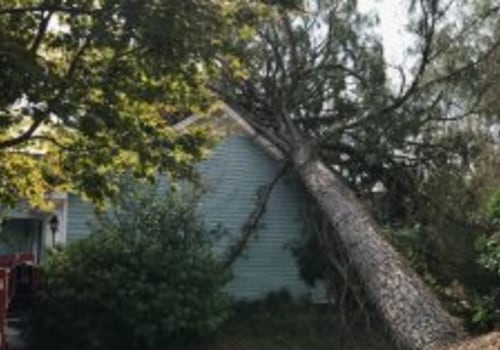

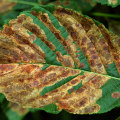
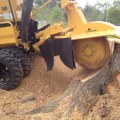

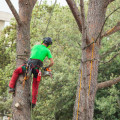
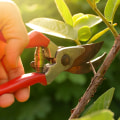
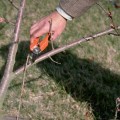
Leave Message